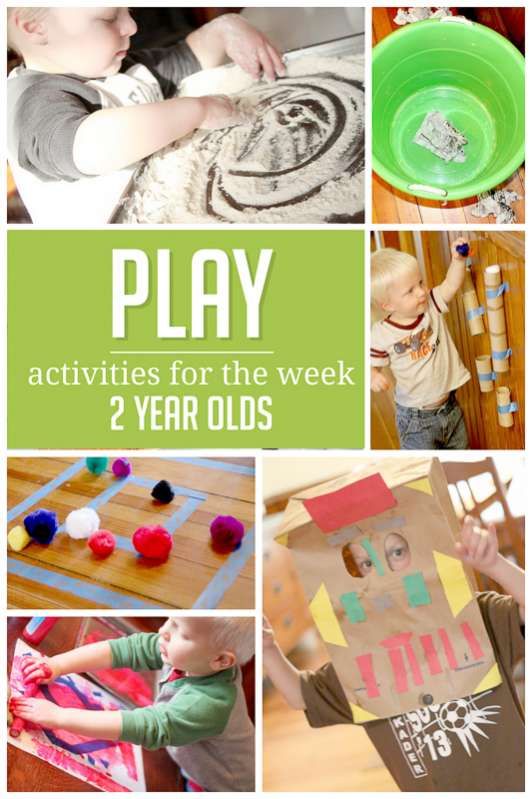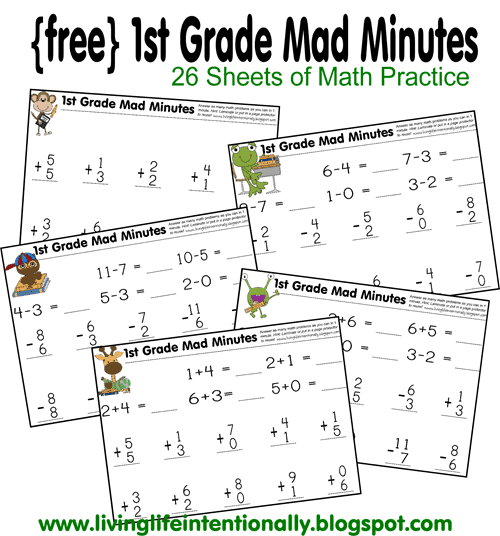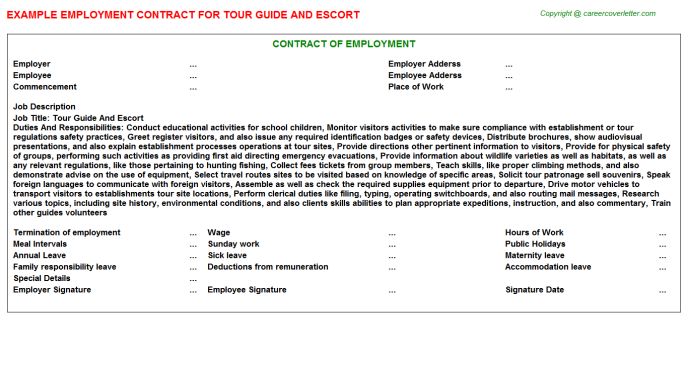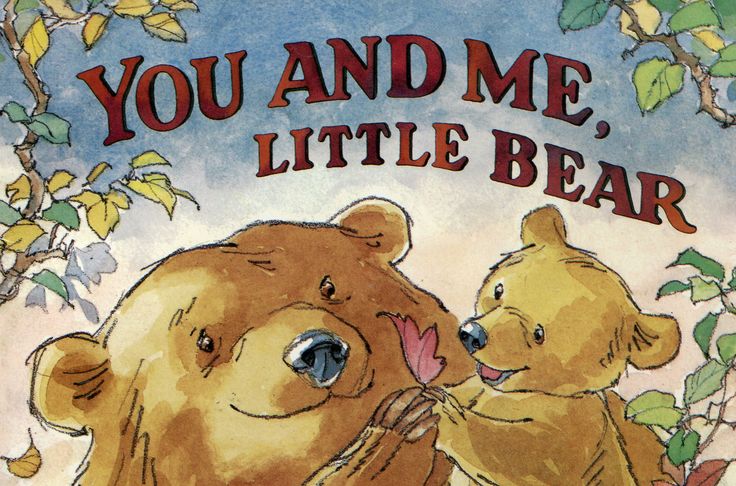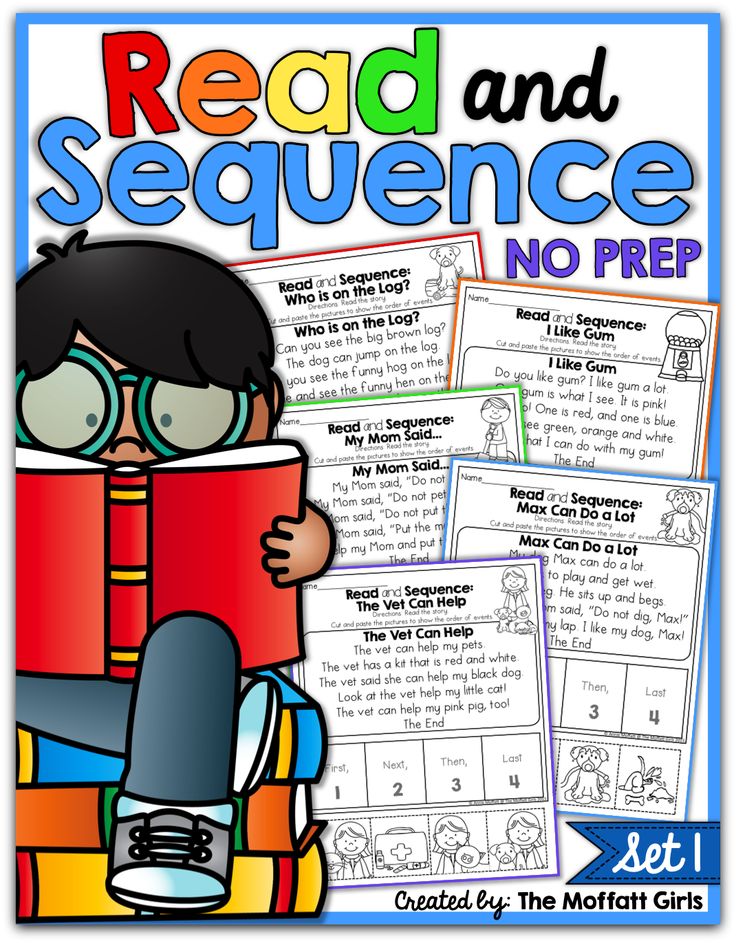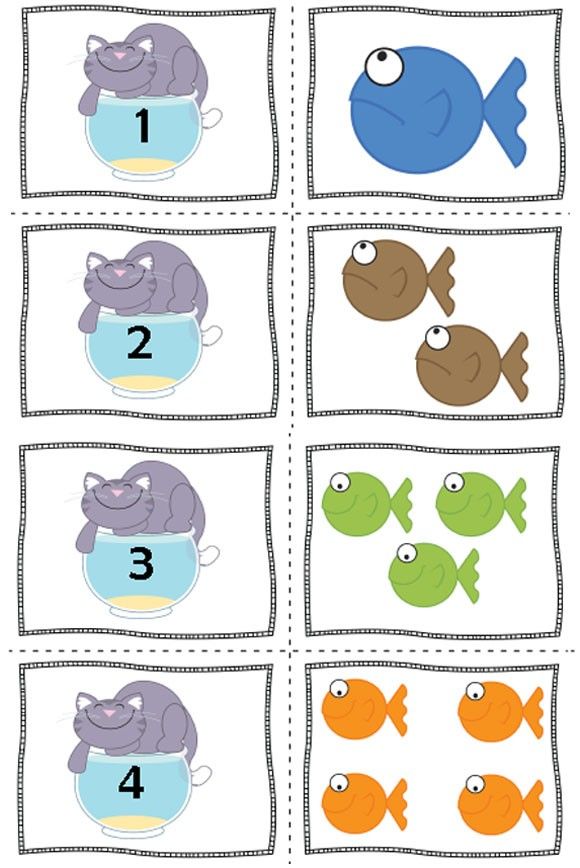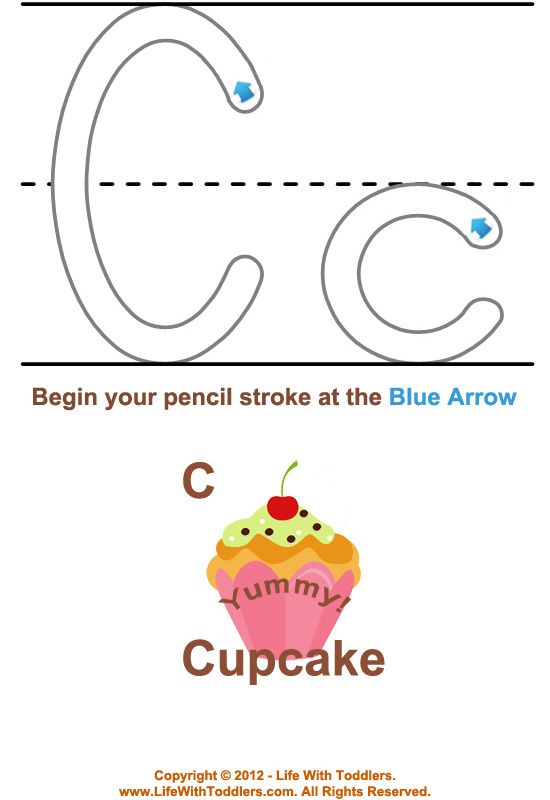Learning games for two year olds
30 Fun and Inventive Games for Two-Year-Olds
At age two, your toddler is starting to develop abilities to strategize and understand simple concepts, acquire new vocabulary, and learn to sort colors and shapes. They are also developing hand-eye coordination, balance, spatial recognition, and social skills.
These games of concentration and memory, pretend play, art activities, sensory bin ideas, and colorful crafts will give them plenty of opportunities to develop their growing skills while letting their imagination run wild!
1. Gingerbread Cloud Dough Sensory Bin
This gingerbread sensory bin includes scented cloud dough to engage the senses and cookie cutters to give toddlers plenty of fine motor practice.
Learn more: Views from a Step Stool
2. Marbled Doily Hearts
Using a bit of shaving cream, paint, and paper doilies, these marbled hearts can be used as textured wrapping paper, room decoration, or for sharing heartfelt notes with family and friends.
Learn more: Views from a Step Stool
3. Kitchen Match-Up
Your toddler will love matching everyday kitchen utensils to their proper places on this memory board. Aside from being a fun challenge, this game builds spatial reasoning and problem-solving skills while developing vocabulary.
Learn more: Days with Grey
4. Size Sorting Box
This simple but engaging game challenges young learners to sort markers, crayons, or objects of their choice into their proper slots.
Learn more: Busy Toddler
5. Have Fun with a Colorful Game
This color-matching game requires toddlers to use fine motor skills to maneuver Duplo blocks to their correct places on the board. To further enhance their learning, you can say the name of each color out loud as they fill in each space with the correct block.
Learn more: Happy Tot Shelf
6. Number Two Learning Game
This is a great way to celebrate your toddler turning two.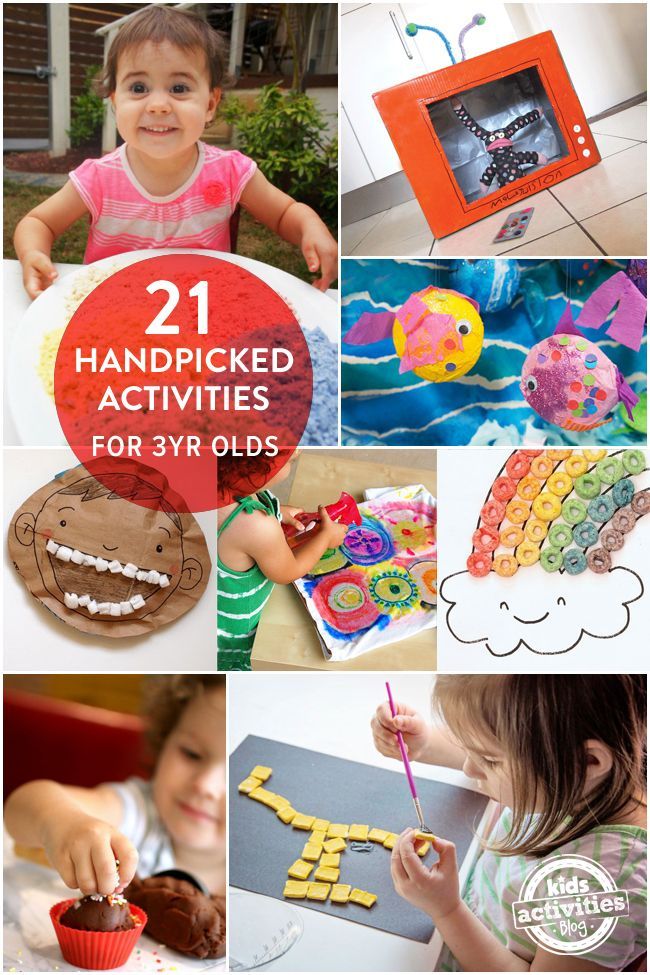 Apart from tracing and coloring the number, you can cut and paste their favorite objects while practicing their counting skills.
Apart from tracing and coloring the number, you can cut and paste their favorite objects while practicing their counting skills.
Learn more: Toddler Approved
7. Learn Shapes with a Physical Activity
This fun two-year-old activity requires only a small ball and some painter's tape formed into various shapes. As the ball rolls over each shape, you can encourage them to call out their names to reinforce their learning.
Learn more: Hand On As We Grow
8. Cork Painted Snowflake Craft
This colorful craft requires only construction paper and some corks to use for painting but why not let your toddler's imagination run wild and incorporate glitter, stickers, or even form beads?
Learn more: No Time for Flashcards
9. Bubble Painting With Bubble Blowers
This creative painting activity requires only a bubble mixture and liquid food coloring to create some truly striking art.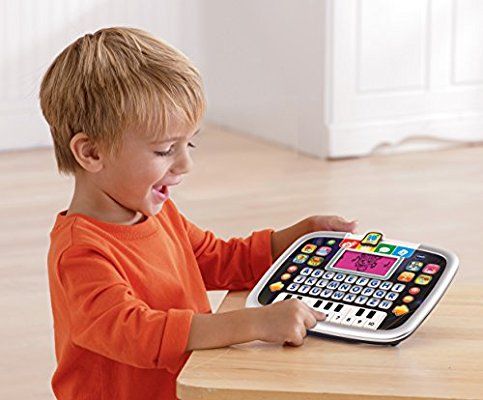
Learn more: Childhood 101
10. DIY Cut-Up Straw Bracelet
This DIY colored straw bracelet is a simple and inexpensive activity for learning about patterns and colors while developing fine motor skills.
Learn more: Creative Connections for Kids
11. Create A School of Colorful Forked Fish
These colorful fish require only card stock, tempera paints, and plastic forks. Young learners can get creative experimenting with different ways to hold the fork by either tapping, scratching, or whirling them to create a variety of different patterns and shapes.
Learn more: Fantastic Fun and Learning
12. Make Some Bubble Wrap Eggs
Bubble wrap makes for a fun and interesting texture for kids to explore, as well as a great way to develop their fine motor and sensory skills, as they have to resist the urge to press down too hard and pop the bubbles.
Learn more: The Chaos and Clutter
13.
 Giant Water Bead Activity
Giant Water Bead Activity These large, transparent, and colorful beads are not only biodegradable but very versatile. They are squishy and fun to stretch out or break into pieces, making them an ideal choice for sensory play as well as to develop cognitive and social skills and practice counting.
Learn more: Hello Wonderful
14. Make a "Fill it Up" Station
This is a perfect game for learning scooping and filling skills while having lots of messy fun in the process.
Learn more: Busy Toddler
15. Make Your Own Edible Play Dough
This edible play dough can be made from everyday kitchen ingredients, using a simple dough recipe that can be flavored with additional ingredients of your choice. No need to worry about toddlers putting it in their mouth, as they most surely will try!
Learn more: OXO
16. Hide-and-Seek Matching Game
This hide-and-seek matching game involves finding pairs of objects in a sensory bin.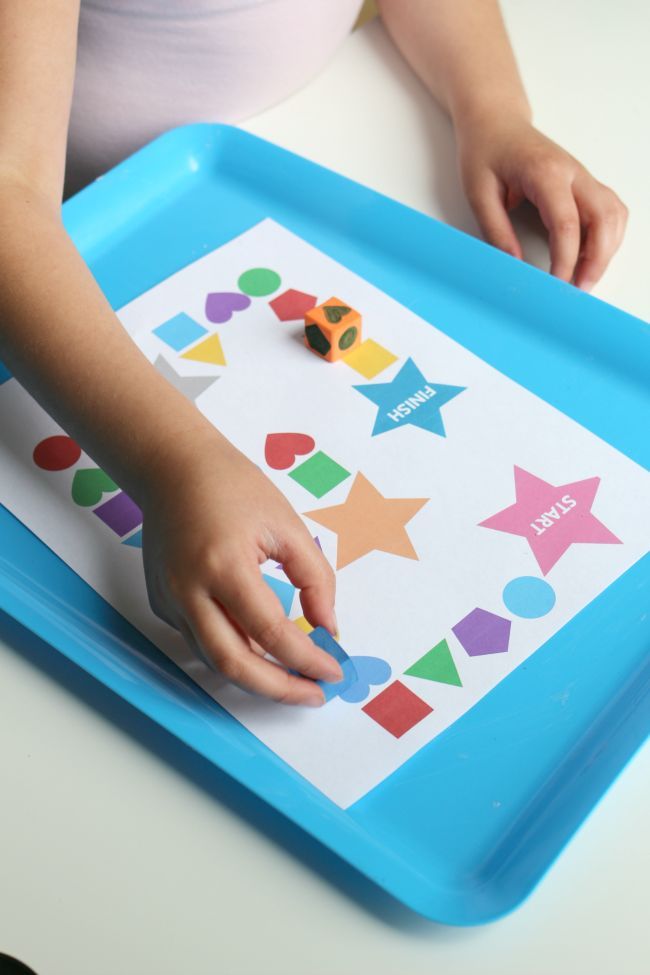 It's a hands-on way to develop problem-solving, counting, and sorting skills.
It's a hands-on way to develop problem-solving, counting, and sorting skills.
Learn more: The Imagination Tree
17. Practice Typing Skills With Keypress Games
These free, online keypress games are an excellent way to teach your toddler how to press keys, move the mouse and click and drag across the screen.
Learn more: Owlie Boo
18. Play With Frozen Beads
These frozen water beads start out the size of a grain of rice and grow larger when placed in water. Watching them grow can be just as fun as playing with them!
Learn more: Busy Toddler
19. Age-Old Game For Toddlers Using Soap Paint
Letting your toddler play in the tub with this soap-based take on paint is an easy way to contain the mess of their artistic creations.
Learn more: Eating Grichly
20. Trucks and Oats Sensory Bin
This simple activity consists of toy trucks and oats.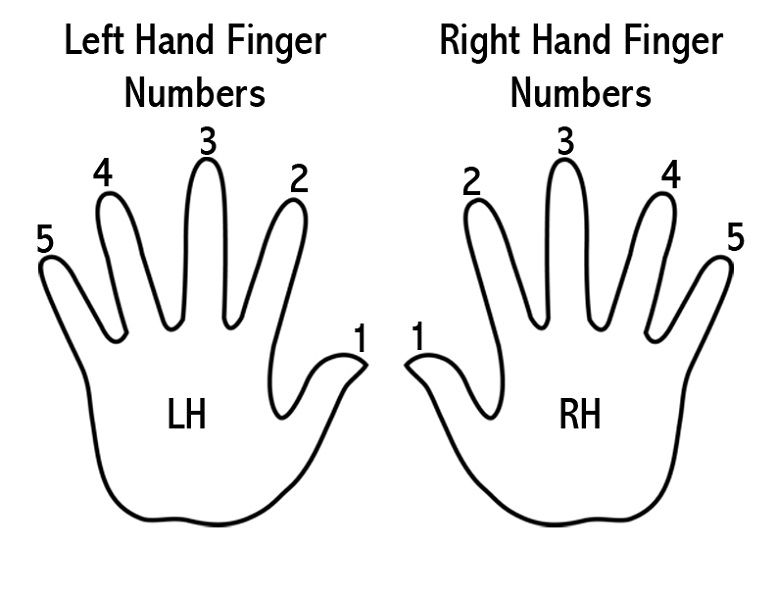 Apart from being super easy to set up, it encourages imaginative play, sensory exploration, focus, and self-control.
Apart from being super easy to set up, it encourages imaginative play, sensory exploration, focus, and self-control.
Learn more: Toddler Approved
21. Explore Floating and Sinking with Bath Toys
Bath time is not only relaxing and fun but a great opportunity for learning about the concept of floating and sinking. You can play this enjoyable game with toys of different weights while guessing and discussing whether each will sink or float.
Learn more: My Bored Toddler
22. Velcro Dots Tower
This fun activity consists of matching colorful blocks to a plastic tower using velcro dots. It's an engaging way to build color recognition, counting, sorting, and fine motor skills.
Learn more: School Time Snippets
23. Have Fun With Tiny PomPoms
This simple activity consists of placing pompoms on a sticky fish bath toy.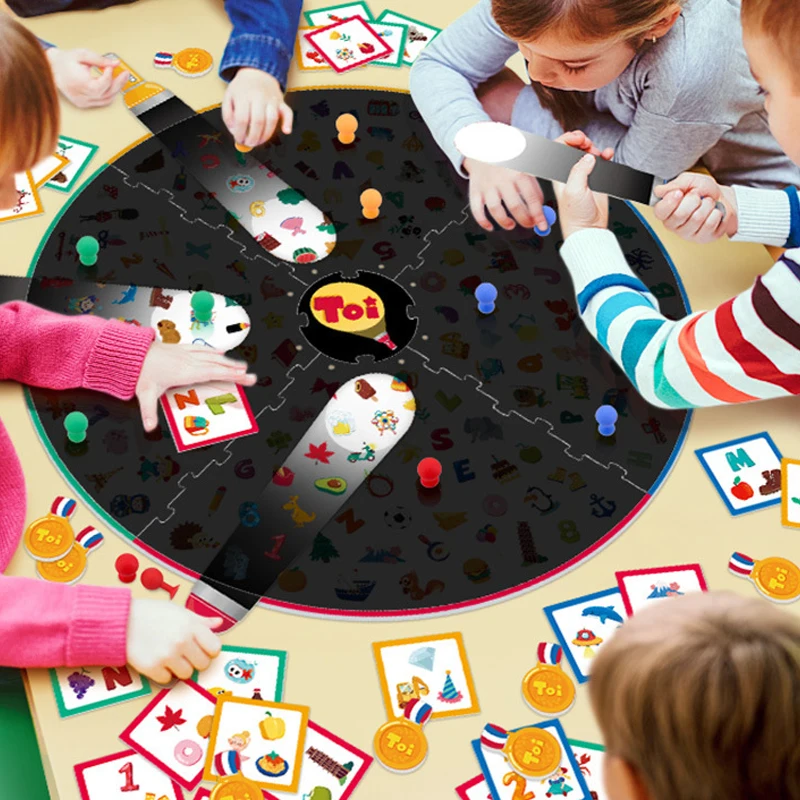 Matching the pompoms to the scooped pockets makes for a fun but challenging coordination activity.
Matching the pompoms to the scooped pockets makes for a fun but challenging coordination activity.
Learn more: Powerful Mothering
24. Explore the Beauty of Flowers
Fresh flowers make for a wonderful opportunity to explore cutting, arranging, bouquet making, vase placing, and petal plucking and sorting.
Learn more: Laly Mom
25. Make Some Colorful Butterfly Art
Your toddler will love making their own butterfly using glitter glue, shiny stars, and some googly eyes. Why not take them outside for some flying fun in the garden?
Learn more: Powerful Mothering
26. Bubble Wrap Grapes
This fruity twist on bubble wrap will give your toddler a chance to paint, print, and play with the fun texture to their heart's delight!
Learn more: No Time for Flashcards
27. Wear Sunglasses
After cutting out a pair of sunglasses from Post It notes, find a book or magazine with pictures of humans or animals and have your toddler attach and remove them on each character. Apart from being a fun game of concentration, this activity also develops hand and eye coordination.
Apart from being a fun game of concentration, this activity also develops hand and eye coordination.
Learn more: Sparkling Buds
28. Make Farm Animals from Paper Plates
Using some colorful paint, paper plates, and plenty of imagination, toddlers will love making their own adorable farm animals. They can create chicks, cows, lambs, or whatever animal their creative minds can come up with!
Learn more: Mess for Less
29. Rainbow Matching Puzzle
Your two-year-old will adore this colorful rainbow matching game! Matching is a classic game for practicing the concept of parts and whole while developing visual discernment skills.
Learn more: Teach Me, Mommy
30. Make Handprint Firework Art
This easy handprint craft makes for a creative way to keep track of how your toddler is growing month to month or year to year.
Learn more: Crafty Morning
Toddler Games For 2 Year Olds.
 on the App Store
on the App Store Description
***** Brought to you by 22LEARN, the creator of Abby Basic Skills Preschool – a winner of Parents‘ Choice Awards
***** A title from our extremely successful Abby series -- all TEN (!) RANKED #1 APP FOR KIDS on APP Store in many countries.
Baby Bubble School provides the most wonderfully bubbleful educational experience for kids!
Teaching names and recognition of LETTERS, NUMBERS, SHAPES, COLORS, TOYS, ANIMALS, FRUITS, VEGETABLES and more.
================================
* 10 Educational Learning Categories (full version)
* 220 Interactive First Words Flash Cards (full version)
* 3 Engaging Game Modes
================================
Baby Bubble School is a colorful, wonderfully bubbleful educational experience for curious young minds. Teaching names and recognition of LETTERS, NUMBERS, SHAPES, COLORS, TOYS, ANIMALS, FRUITS, VEGETABLES and more, Bubble School makes learning awesome for all TODDLERS and PRESCHOOLERS. The application was developed by an award-winning education studio, 22learn, the creator of the best-selling Abby Basic Skills app in cooperation with educational experts to ensure the application is suitable for this very special age category.
The application was developed by an award-winning education studio, 22learn, the creator of the best-selling Abby Basic Skills app in cooperation with educational experts to ensure the application is suitable for this very special age category.
***** 10 Educational Learning Categories (full version) *****
* Uppercase Letters
* Lowercase Letters
* Numbers
* Shapes
* Colors
* Toys
* Farm Animals
* Zoo Animals
* Fruits
* Vegetables
Baby Bubble School offers the following THREE ENGAGING GAME MODES in which you can play all of the aforementioned learning categories:
EXPLORE
Let’s Pop: Children will love this free exploratory learning mode! Full of bubbles with objects whose name is pronounced once the child pops the bubble, Let’s Pop is a fun little game where children can explore on their own pace.
LEARN
Let’s Learn: In Let’s Learn, children systematically learn the names of objects by browsing through them in either alphabetical or random order.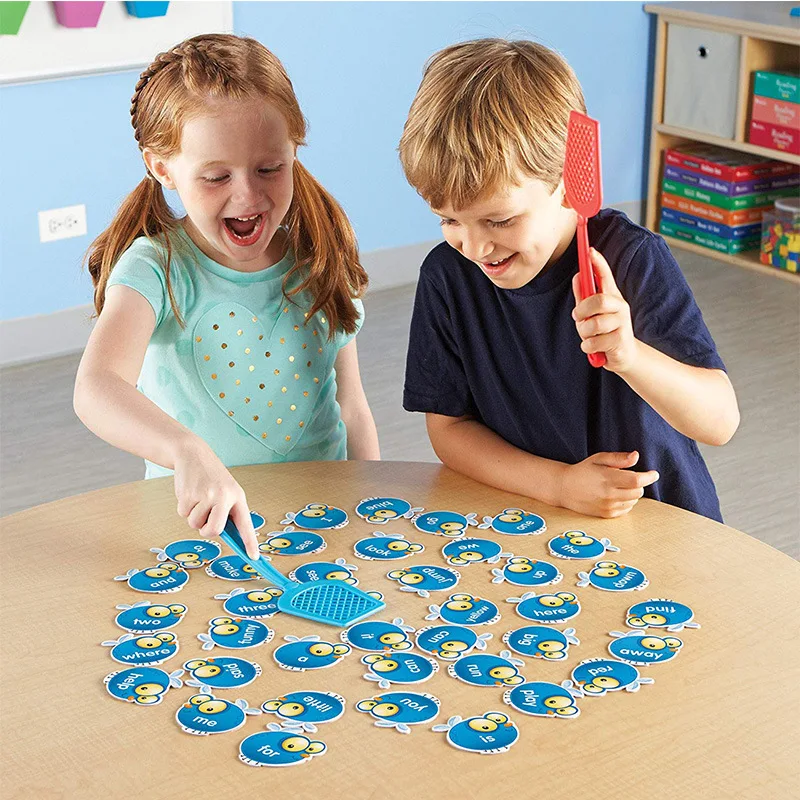
PLAY
Let’s Play: In this mode, children test their skills by tapping on bubbles filled with objects whose name is called.
APP FEATURES:
* 10 Educational learning categories (full version)
* 220 Interactive first words flash cards (full version)
* 3 Engaging game modes
* Appealing, child-friendly interface with adorable animated animal characters
* Possibility to choose uppercase / lowercase / or capitalized words
* Hints option for Let’s Play mode to help parents tailor difficulty for their child
* Option to turn on / off sounds and music
* All pronunciation done by professional voice-over actors
Bubbly bubbles are fun and the app’s interface is simple enough even for the youngest learners -- as simple as popping a bubble! With appealing design and broad educational content, this bubbleful app is sure to provide an experience your children will love.
Privacy policy: https://22learn.com/privacy_policy.html
Terms of use: https://22learn. com/terms_of_use.html
com/terms_of_use.html
Version 4.0.8
Bubble School provides the most wonderfully bubbleful educational experience for kids!
Teaching names and recognition of LETTERS, NUMBERS, SHAPES, COLORS, TOYS, ANIMALS, FRUITS, VEGETABLES, WEATHER and more.
HUGE UPDATE! 500+ educational activities for kids! The best way to prepare your kids for SUCCESS in PRESCHOOL CURRICULUM.
647 Interactive First Words Flash Cards
16 Educational Learning Categories
Ratings and Reviews
72.5K Ratings
We think it is pretty neat!
We picked this app up for our little man and he seems to like it a lot.
The app has a sort of initial free-trial period where your kids can try it out and, if they like it, you then purchase the full content in the app. So there is nothing to really think about and you can just give it a try with no commitments. The animals are pretty cute and the voice actors and sounds are all very pleasant. It does not share the shortcoming of some games where the repetitive noises start to become irritating to hear, but that may just be a personal preference and slight bonus for us. What is really important is, as we said earlier, our little man really seems to enjoy it and his opinion is what really matters! Makes for one happy boy and his parents!
Great app for my toddler!
We’ve been using this app for a couple of months now and my daughter (age 2) LOVES this app! Bright, fun graphics and adorable animals. It’s simple enough for her to navigate on her own and she’s able to choose which games she wants to play.
I think the educational content is also good. She seems to master the levels with ease, and enjoys the bubbles she gets as a reward. I always hear a lot of giggling when she’s tapping them (I might occasionally tap the bubbles too–they have quite a satisfying pop sound). I went ahead and added this app on my phone so that I don’t have to bring my iPad when we’re on the go. The app doesn’t have any annoying music or distracting ads so that is a plus for me as a parent. Well worth purchasing.
Simple but Cute
There isn’t a lot to this game, but there are enough features to entertain a toddler for a little while. The music, voices, and artwork are pleasant—not weird or annoying like some games these days.
My two and four year old granddaughters seemed to enjoy it and best of all, there was no subscription fee! These days, it’s difficult to find a game that doesn’t inundate you with ads or demand a high-priced subscription.
My thanks to the game developers!
The developer, 22learn, LLC, indicated that the app’s privacy practices may include handling of data as described below. For more information, see the developer’s privacy policy.
Data Not Linked to You
The following data may be collected but it is not linked to your identity:
Privacy practices may vary, for example, based on the features you use or your age. Learn More
Information
- Seller
- 22learn, LLC
- Size
- 417 MB
- Category
- Education
- Age Rating
- 4+, Made for Ages 0–5
- Copyright
- © 22learn, LLC
- Price
- Free
- Developer Website
- App Support
- Privacy Policy
Supports
More By This Developer
You Might Also Like
Educational games for 2-year-olds with their parents at home
A game for a 2-year-old kid is not just fun.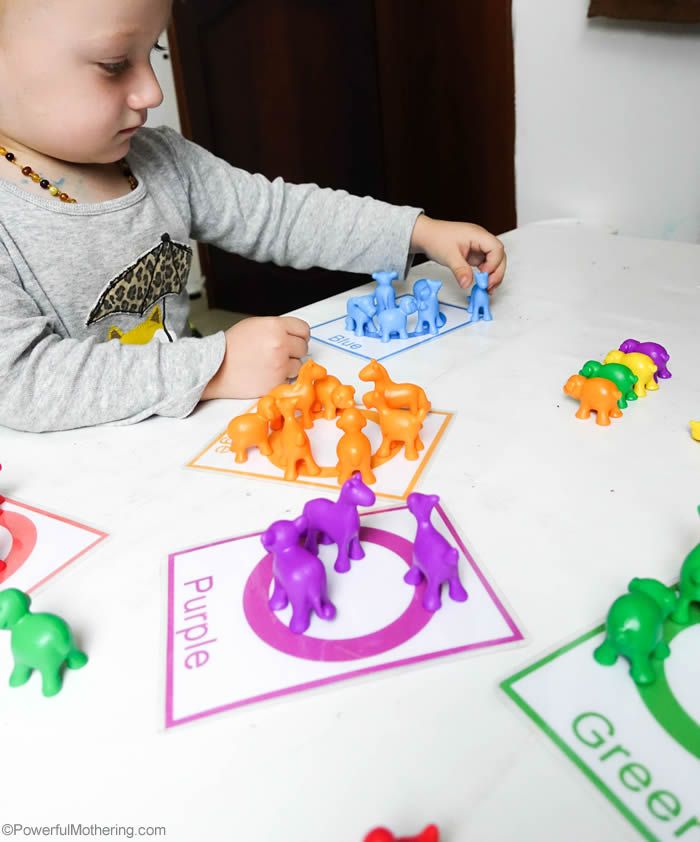 Through this type of activity, the child learns the world. He learns, remembers information, gets acquainted with new things. The task of parents at this stage is to choose games for harmonious physical and intellectual development.
Through this type of activity, the child learns the world. He learns, remembers information, gets acquainted with new things. The task of parents at this stage is to choose games for harmonious physical and intellectual development.
Article content:
- Outdoor games
- Educational games
- Educational games
- Tips for parents
- Terminals
Outdoor games
The best place for active games is the street, but what to do in bad weather? It is not at all necessary to leave a two-year-old without movement. You can organize games in a city apartment. Take advantage of our advice. And the child will be happy, and the furniture in the house will not suffer.
2 years is the optimal age for outdoor games. The child already coordinates the body well, easily orients in space. He controls actions, likes to imitate adults and learns to be independent. The task of parents is to be an example for the baby and show all the movements.
✅ Who walks how
The game will help strengthen the body, and also give a good mood to both the child and adults. There are no hard rules. Just name different animals and try to draw them. Copy the walk and sounds. And let the two-year-old repeat after you. Or make it a little more difficult. Let the child try to guess the animals that you show.
✅ Hide-and-seek with a toy
Ordinary hide-and-seek is difficult to organize in an apartment, especially if there is not enough space. But the 2-year-old kid will definitely like the option with a toy. Take a plush animal or doll. Explain to the child that his task is to find a toy. Hide it first in a conspicuous place, then complicate the task. Be active. Clap your hands, count loudly while the baby is waiting with your eyes closed, comment on his actions, rejoice at the found toy together.
✅ Who is the first
What to do with a child whose energy is over the edge? If the walk is canceled, you can organize active entertainment at home.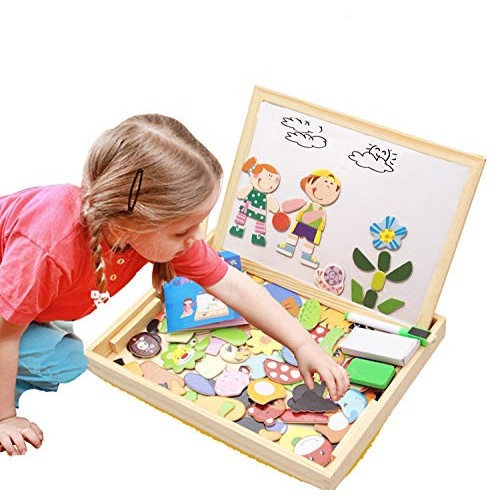 A great idea is to arrange mini-competitions. Come up with tasks: run to the opposite wall, jump to the closet, crawl to the door on all fours. The victory will be doubly pleasant if you prepare small prizes in advance.
A great idea is to arrange mini-competitions. Come up with tasks: run to the opposite wall, jump to the closet, crawl to the door on all fours. The victory will be doubly pleasant if you prepare small prizes in advance.
Educational games
Active games are not the only way to entertain a two year old. There are many interesting quiet activities. Master them, and you will learn how to spend time at home with benefit.
Develop motor skills
✅Repeat after me
The easiest option for kids. You can play for up to two years, and as you develop, complicate the tasks. The essence of the game is to show the child various physical actions so that he can repeat. Squat, bend over, raise your hands, clap your hands. Combine two or even three actions at once. This is useful for both coordination and memory.
✅ Bead sorting
The development of fine motor skills is necessary to stimulate speech, so do not neglect finger exercises.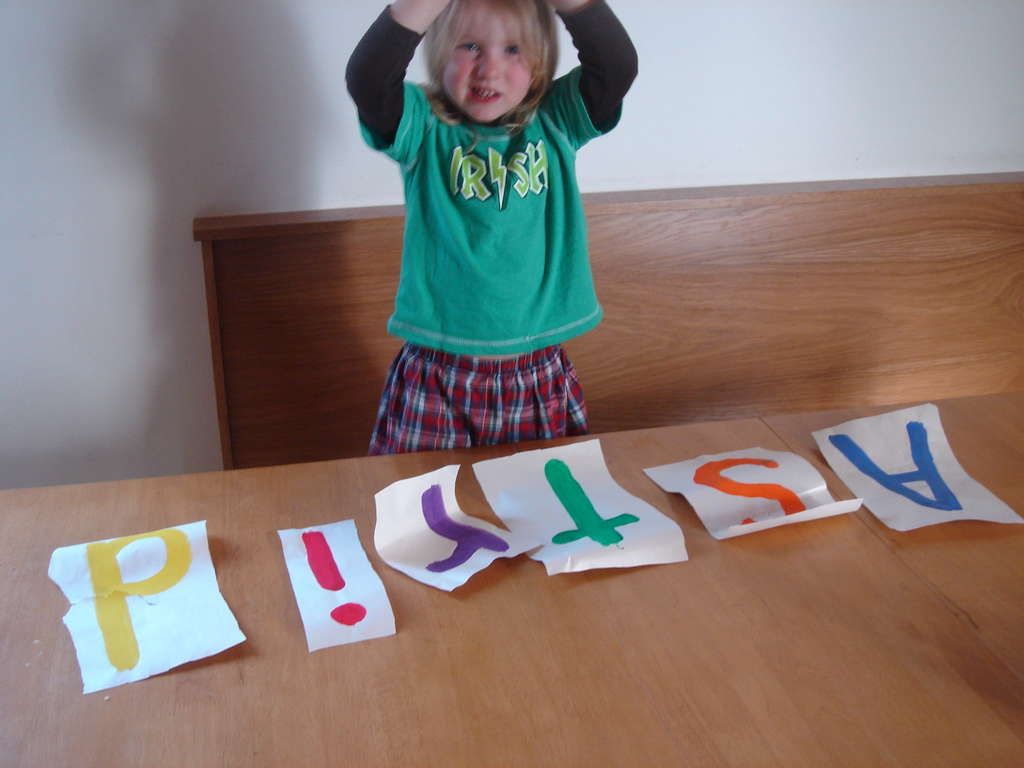 Offer your child a fishing line and three types of beads of different sizes. Let him string small ones first, then medium ones, and then large ones. Remember safety. Do not leave the baby unattended when he plays with small parts.
Offer your child a fishing line and three types of beads of different sizes. Let him string small ones first, then medium ones, and then large ones. Remember safety. Do not leave the baby unattended when he plays with small parts.
✅ Creativity
Playing with plasticine, modeling dough, kinetic sand helps to develop motor skills. Guide the child. Show him how to make shapes correctly. Don't be upset if it doesn't work the first time. Praise for effort.
Developing logic
✅ Mother - baby
Prepare cards with animals and birds, divided according to the principle "mother and her baby". For example: a cat is a kitten. Let the child collect pairs. Do not forget to comment on the actions during the game. Talk about animals, describe them, demonstrate the sounds they make. So you not only develop logic, but also introduce the child to the outside world.
✅ Guess the object
Take a few things that are familiar to a two-year-old. It can be toys or fruits. Pack them in opaque bags. The task of the child is to determine by touch what is inside. If you can't guess, give hints. For example:
It can be toys or fruits. Pack them in opaque bags. The task of the child is to determine by touch what is inside. If you can't guess, give hints. For example:
- edible or not;
- what it is used for; What color is
- .
It is easier to develop logical thinking with toys. Parents of two-year-old children should definitely buy mosaics, cubes, large puzzles, plastic construction sets. Collect the figures according to the schemes, repeat the drawings from the pictures with the children. Restrain yourself if the kid is wrong. You can gently guide him in the right direction, but you should not correct him.
Develop speech
✅ Rhymes
At the age of two, children already begin to actively talk. Passive vocabulary is also expanding. This must be used. Long poems are not yet subject to the baby, and short and sonorous rhymes are remembered well. Read the lines to the baby, repeat aloud with him, accompany with active gestures.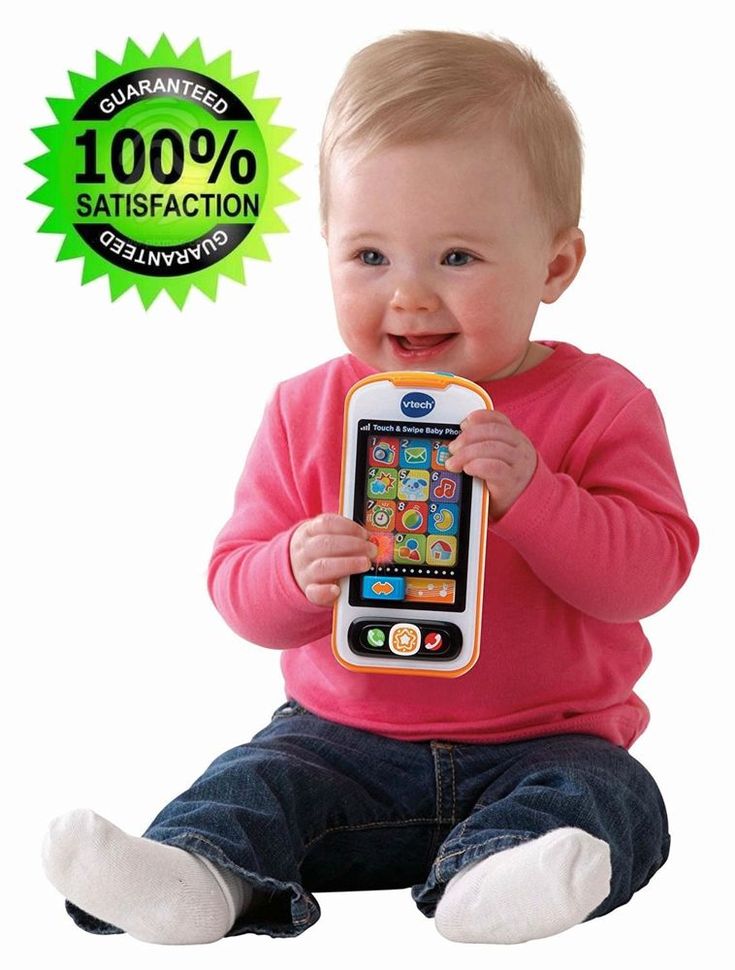
For example:
- The kids came running - ra-ra;
- A leg up, a step bolder - lei-lei.
If you can't remember the line, have the child repeat the last syllable. The louder and clearer the sound, the better.
✅ Yes or no
In this game you will be asking questions. Warn your child in advance that you can make mistakes so that he obviously does not agree with you, but listens carefully. Ask:
- Are chamomile and cornflower flowers?
- Are oak and birch trees?
- fox and hare are birds?
- Is a car and a bus transport?
Have the child answer what the objects really are if you make a mistake. Such a game is useful for the development of not only speech, but also hearing, attention, logical thinking.
✅ Articulation exercises
At two years old, many sounds are still unclear.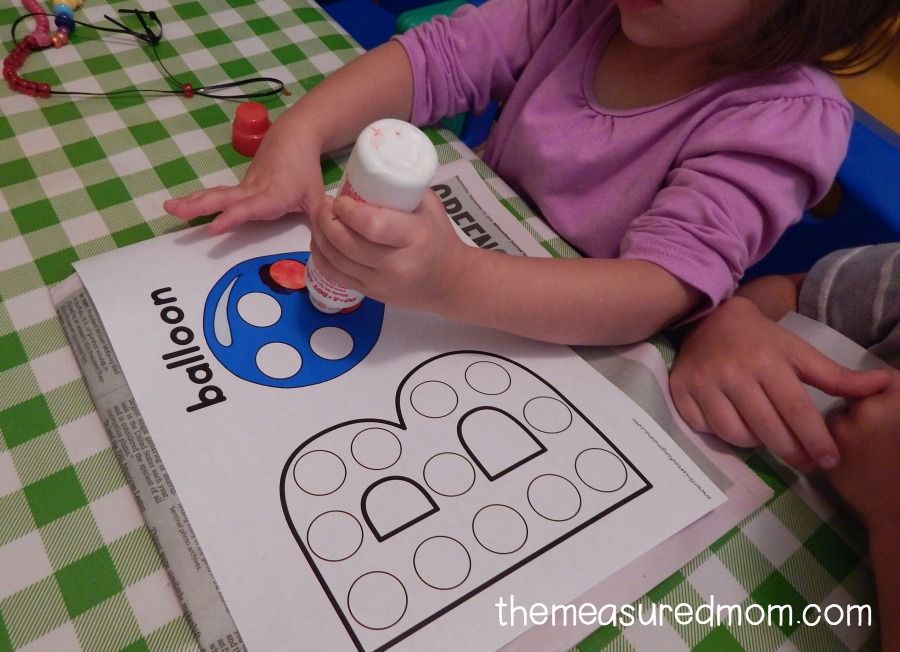 This is not a problem now, but it may be difficult in the future. Game exercises will help to cope with sound pronunciation. You can start with simple actions - blow out a candle, blow on water, blow into liquid through a straw. Then you can connect other exercises for the articulatory apparatus.
This is not a problem now, but it may be difficult in the future. Game exercises will help to cope with sound pronunciation. You can start with simple actions - blow out a candle, blow on water, blow into liquid through a straw. Then you can connect other exercises for the articulatory apparatus.
- Watch. We move the outstretched tongue from side to side.
- Hide and Seek. Pull out the tongue and hide it back.
- Delicious jam. We lick our lips as if we are trying to reach the drops of sweetness.
- Horse. We click, imitating the sound of hooves.
- Fence. We show closed teeth as wide as possible.
To make the exercises feel like a game, do all the activities together with your child. Compete who does better.
Read also: speech development in children by age
Developing attention
✅ What is missing
All you need is your favorite children's toys. Take 4-5 pieces and lay them out on the table. Let the child look carefully, and then turn away. You remove one item. The task of the baby is to understand what has disappeared. You can complicate the game by adding a number of items, or do not remove the toys, but simply swap them or put new ones.
Take 4-5 pieces and lay them out on the table. Let the child look carefully, and then turn away. You remove one item. The task of the baby is to understand what has disappeared. You can complicate the game by adding a number of items, or do not remove the toys, but simply swap them or put new ones.
✅ Thimbles
Feel like a magician. Take three glasses, turn them over, and hide a candy under one. Move the glasses across the table. Let the baby follow where you hid the treat. Guessed the first time - deserved a sweet prize.
✅Clap
This simple game develops attention, reaction speed, coordination and hearing. Discuss the rules ahead of time. Come up with a code word. As soon as it sounds, the child should clap his hands loudly. Make sure he remembers it, and then start listing other words. Name any until you get to the right one.
Read also: how to develop a child's attention
Educational games
Two years is the age when you can connect learning elements to play activities.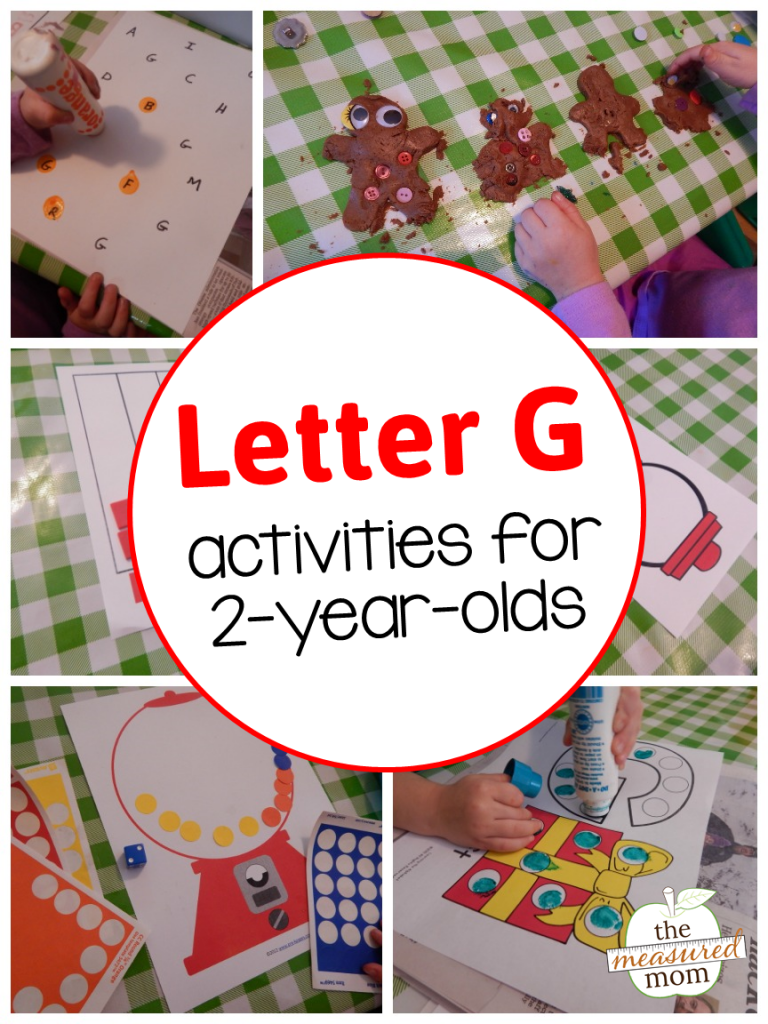 The child is already ready for basic knowledge. If you take the time to learn now, in the future it will be easier for the baby to cope with large amounts of information.
The child is already ready for basic knowledge. If you take the time to learn now, in the future it will be easier for the baby to cope with large amounts of information.
Learning Numbers
✅ Animal Treats
Use the plush toys you probably have in abundance. Place the animals at a makeshift table by counting them. Call the numbers loudly, clearly, slowly. So it will be easier for the baby to repeat and remember. Next, put a plate in front of each toy. Treat the animals with sweets, not forgetting to count.
✅ One - many
Need balls. Put them in the basket and ask the child how many there are. At two years old, children already operate with the concept of "a lot." Then distribute the balls one by one to the toys. Take it for yourself, give it to the baby. Ask how many items you currently have in your hands. Return the balls to the basket and ask how many there are. No balls? No problem. Count apples, tangerines, sweets.
✅ Butterflies
It is easier to memorize numbers if there is a good example in front of your eyes. Prepare five cardboard daisies and the same number of butterflies. Place the flowers in front of you and count them with your child. Plant a butterfly on each daisy and count the insects. Come up with different combinations. Plant two or three butterflies per flower. Speak out loud as the numbers change.
Learning colors
✅Ball game
Take colorful balls. Show them one at a time to your child and name the color. Let the two-year-old repeat after you. Sort the balls into groups together. Find other objects of the studied colors in the room. Do not rush to learn the whole spectrum at once. Start with 2-3 shades - the most juicy and brightest.
✅ Find a pair
For this game you need to prepare in advance. Cut out several houses of different colors from colored cardboard. Separately make roofs for them. Lay out the details and invite the child to assemble entire buildings by shades. Another option is to assemble the houses yourself, but with errors. Let the kid correct the inaccuracies.
Lay out the details and invite the child to assemble entire buildings by shades. Another option is to assemble the houses yourself, but with errors. Let the kid correct the inaccuracies.
✅ Hens and Eggs
Cut out chickens in different colors from cardboard. From paper of the same shades, make circles - eggs. The child will match the shades. Start with 3-4 colors. Wait until they are mastered and expand the palette. The more colors, the more difficult and interesting.
Tips for parents
Every child is different and develops at their own pace. Some will like these games even in a year or a year and a half, others will be interested a little later. Keep track of achievements, but do not compare the baby with other children.
Listen to the recommendations of psychologists and teachers on early development:
- Focus on the response of the child. Do not insist on continuing the game if the baby is already tired.
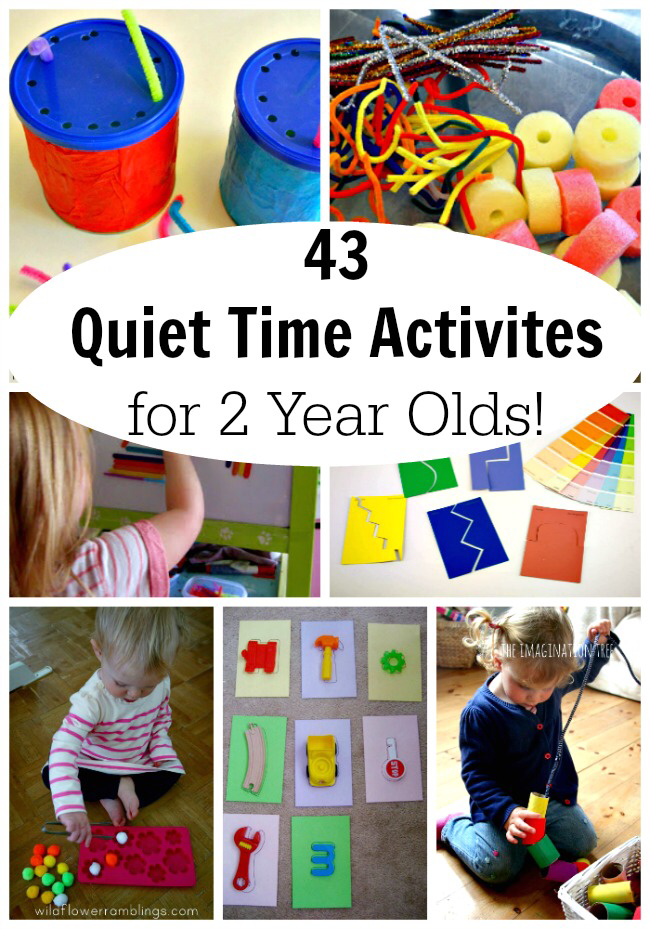 Do not start training if he is not ready, naughty, wants to spend time differently.
Do not start training if he is not ready, naughty, wants to spend time differently. - Remember the time. A two-year-old child holds attention for an average of 15 minutes. Then interest disappears, so it is better to change the type of activity.
- Do not exercise your baby during illness. Change plans if you feel unwell, wait until you get better. Do not worry. You will be able to make up for everything.
- Show your imagination. Ready-made templates and game scenarios are convenient. But it is not a fact that the proposed options, without exception, will please your child. Do not be afraid to deviate from the rules, come up with your own "chips". No one knows your baby and his preferences better than you.
Conclusions
Sometimes organizing outdoor or educational games for a child at home is more difficult than it seems. But lack of time or teaching skills should not be a problem. The Baby Club specialists will come to the rescue.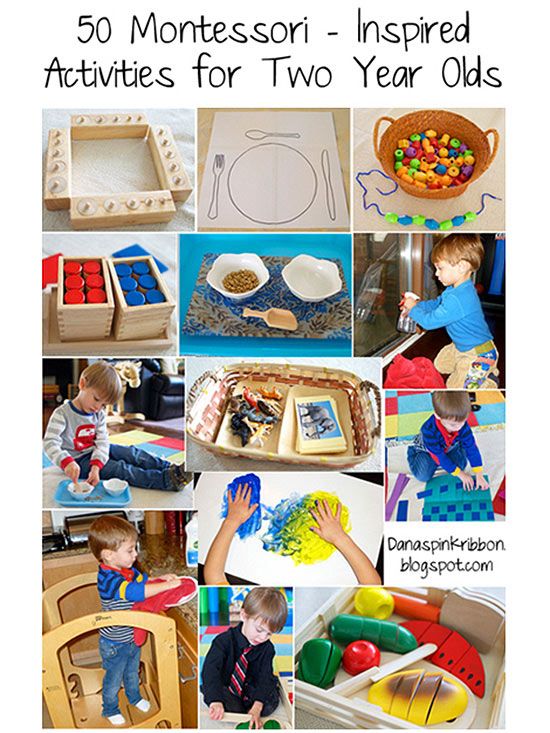 Our network of kindergartens and centers is designed for the harmonious all-round development of children from 8 months. Here, each child is perceived as he is, revealing his individuality through classes.
Our network of kindergartens and centers is designed for the harmonious all-round development of children from 8 months. Here, each child is perceived as he is, revealing his individuality through classes.
Educational games for children from 2 years old
Reviewer Kovtun Tatiana Anatolievna
16319 views
October 21, 2021
Login or register to save articles and products to your favorites
At the age of two, the child enters a phase of active development.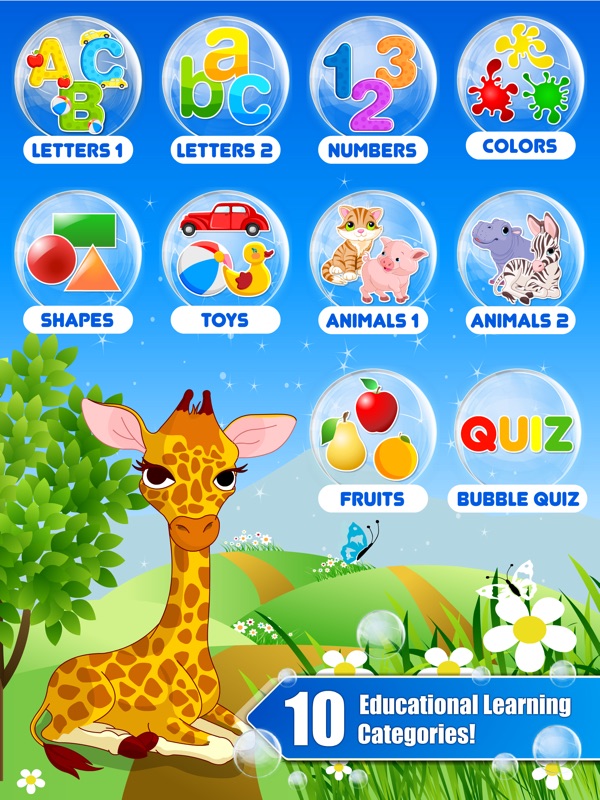 He becomes more mobile, begins to more actively and comprehensively learn the world and develop. It is during this period that classes related to the development of fine motor skills, sensory and logic are important. And the most interesting thing to do is in the format of the game.
He becomes more mobile, begins to more actively and comprehensively learn the world and develop. It is during this period that classes related to the development of fine motor skills, sensory and logic are important. And the most interesting thing to do is in the format of the game.
Until the age of three, the child develops visual-effective thinking. It is important for the baby to see and do, so he puts everything in his mouth, grabs, tears and throws. Thus, the baby learns about the properties of objects: paper is torn, pillow is soft, water is cold. The more such experiments (of course, under the supervision of parents who ensure the safety of the baby's actions) a child has, the better he will understand the world.
Recommendations:
- The child must study the surrounding objects under the supervision and with the participation of adults, so that the knowledge of the world around him is as useful and safe as possible.
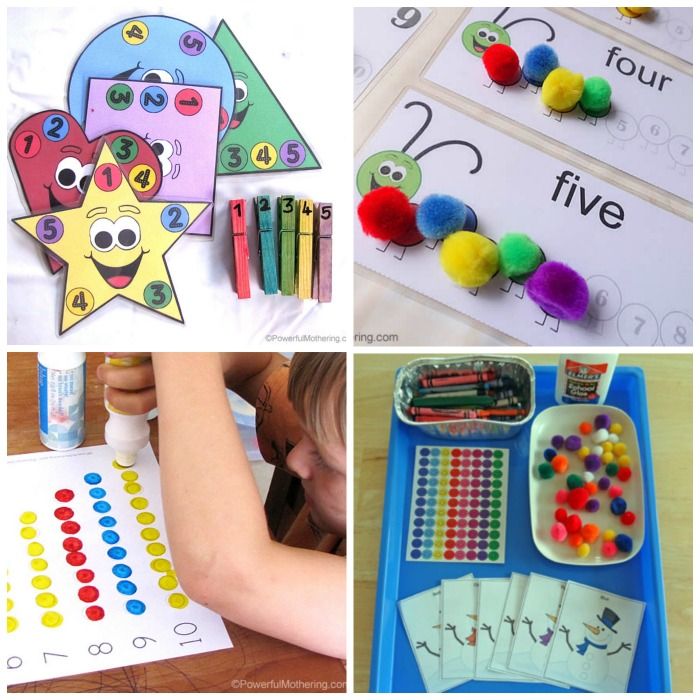 For example, touch grass, stones, various fabrics and surfaces.
For example, touch grass, stones, various fabrics and surfaces. - Watch out for security. It is better to remove all dangerous and sharp objects from the fidget.
- Show how to play and what sound improvised objects or musical instruments make.
- Try visiting clubs close to home.
Educational activities for children 2-3 years old
Motor and sensory skills
Fine motor skills are the performance of small movements with the hands, fingers and toes. The centers of the nervous system that regulate motor skills and speech are interconnected; therefore, the development of finger movements prepares the ground for the subsequent formation of speech. In addition to the development of speech, fine motor skills affect thinking, memory, and imagination.
Sensorics is a representation of objects, phenomena and objects of the surrounding world. Sensory development occurs by recognizing the size, shape, smell, color of an object.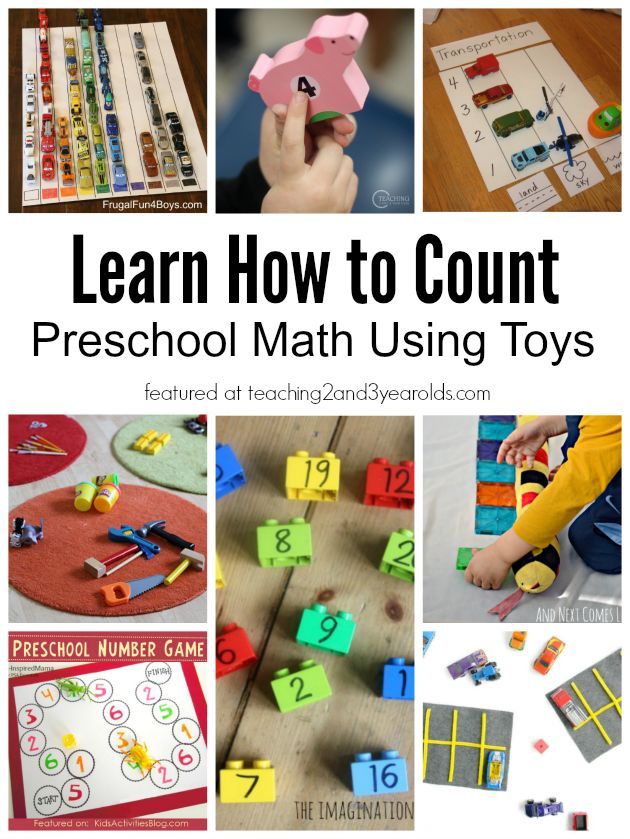 To understand what an object is, the child needs to touch it or taste it. Sensory affects intellectual development, attention, imagination, memory [1].
To understand what an object is, the child needs to touch it or taste it. Sensory affects intellectual development, attention, imagination, memory [1].
Games for shape, color, size, tactility will help in the development of fine and gross motor skills and sensory skills:
- Button and bead games. Mix buttons and beads in one bowl. It is necessary that the child put them in different containers. (The process of playing with small objects should always be under the strict supervision of adults!!!)
- Dice games. You can put together a tower, a house, a car from cubes.
- Drawing with a finger on a semolina. You can scatter semolina on a table or plate and invite the child to alternately draw geometric shapes with all fingers or any other pattern that he wishes.
With these games, it is not necessary to achieve indispensable compliance with the model - the process is more important than the result.
Classes for the development of knowledge of the world
At home, on the street, in a store, in nature, you need to show the child objects and say their names, as well as explain their purpose in simple language. So the baby will learn to speak faster. You can spend developing weeks, connecting all kinds of feelings. For example, spend a week studying birds, looking at pictures, listening to their singing and doing crafts.
So the baby will learn to speak faster. You can spend developing weeks, connecting all kinds of feelings. For example, spend a week studying birds, looking at pictures, listening to their singing and doing crafts.
Speech development classes
Reading and learning short poems together will help your child expand their vocabulary and strengthen their bond with their parents. It is better to use simple verses familiar from childhood, for example, Agnes Barto.
Physical development classes
At two years old, the child improves motor skills, so he likes to run, jump, climb wherever possible. Thus, he learns to coordinate movements and better maintain balance. The following games are suitable for fidgets:
- Game "Forest Animals". A child can be offered to jump on two legs like a bunny. Then walk on the outer surface of the foot, like a bear, squat down like a frog, or walk around, raising your knees high, like a heron.

- Jump-jump game. You can teach your child to overcome small obstacles. Try to jump with him over a stick in the park or over a pillow at home.
- Big-small game. When the parent says "big", the child should stretch his arms up, and if he says "small", lower his arms and squat down. You can also swing left and right, or increase the pace a little when the baby gets used to it.
Frequency and duration of activities with the baby
At the age of two years, the child is not able to keep his attention on one thing for a long time, so the duration of classes can be several minutes. Games are best played at the same time, the baby should be full, cheerful and in a good mood. A bad mood or illness is a reason to postpone classes in order to avoid bad associations.
What to do if the child is not interested
The attention of a two-year-old child is fickle and absent-minded. He can only focus on the activities that really captivate him.